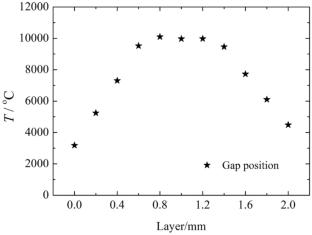Assessment of Delamination Damage in Carbon Fibre Reinforced Polymer Composites with a Fastener Under Multiple Lightning Strike Conditions
Abstract
Internal delamination damage in carbon fibre reinforced polymer (CFRP) composites occurs easily after a fastener is installed. To determine the internal delamination damage in CFRPs with a fastener under lightning strike conditions, an experiment was conducted with different lightning channel gaps, fastener diameters, and fitting conditions. On the basis of the experimental findings and the results of a coupled thermal–electrical simulation model, a circuit model for CFRPs with a fastener was established to explore the current path, delamination properties and internal damage in CFRP specimens. The factors influencing the correlations between the generation and development of internal delamination damage under multiple conditions were proposed to clarify the lightning damage mechanism of the CFRP composites. The results indicated that internal delamination damage was mainly caused by resin pyrolysis and pyrolysis gas expansion; in addition, the thermal–electrical coupling effect of the contact interface had a significant impact on the internal delamination damage. For example, at approximately 50 kA, the damage area of the specimen with a 6 mm diameter fastener was 28.5% smaller than that of the specimen with a 4 mm diameter fastener. This work provides a basis for understanding the propagation of delamination in CFRP composites with a fastener and for reducing the delamination damage under lightning strike environment.



 求助内容:
求助内容: 应助结果提醒方式:
应助结果提醒方式:


